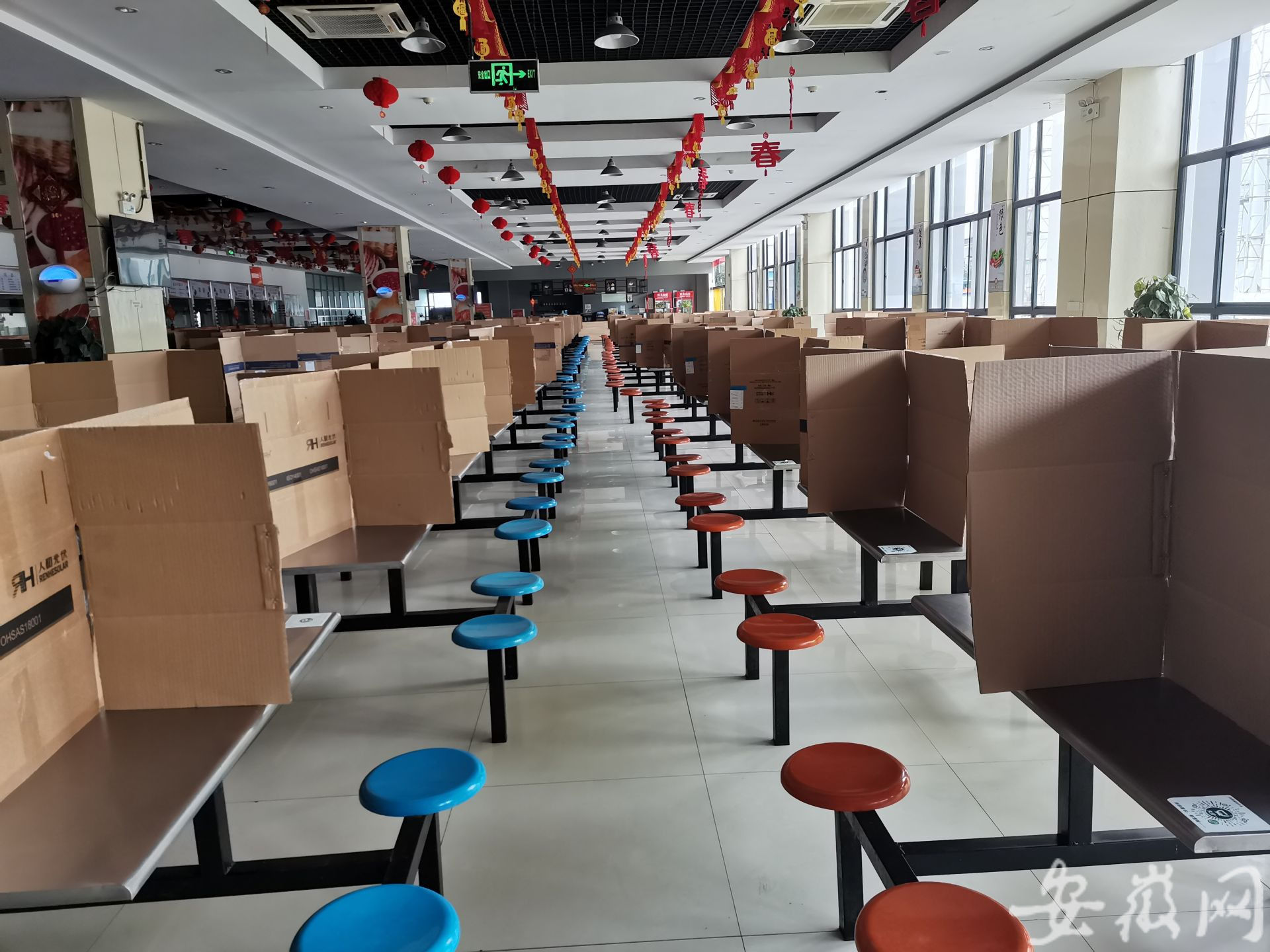
This approach, called the ‘midnight primer’ approach, was successful in priming the reverse transcription process. This showed that the intensity of the band was dependent strongly on viral loads, but also varied with the cycle thresholds between the two pools. The two complementary amplicon mixtures are then combined to allow the whole SARS-CoV-2 genome to be sequenced. Here, each PCR reaction gives rise to 1,200 bp amplicons that are in consecutive order, providing a tiled non-overlapping set of sequences. The midnight split primer set from the ARTIC protocol was first used in two multiplex PCR runs to amplify SARS-CoV-2 cDNA. They also determined that semiquantitative or quantitative RT-PCR could be used, with multiplex primer pools 1 and 2, in order to carry out reverse transcription of the SARS-CoV-2 (+)RNA as well as to amplify 1,200 bp amplicons. They found that this protocol, using direct sampling from residual specimens, was not only efficient in terms of sampling, but allowed some steps to be omitted, making the workflow simpler. The researchers used a magnetic beads-based RNA purification protocol from residual diagnostic samples. They also identified factors that operate prior to the analysis to influence the success of sequencing. Having modified it for speed and simplicity, the researchers tested it on samples containing SARS-CoV-2 collected on a routine basis. Nanopore sequencing was therefore the focus of the current study, aimed at putting it in place with diagnostic systems that are in routine use. Their early identification is, therefore, a pressing issue.Įven apart from this, the search for the origin of the virus is an ongoing one, and genomic data will be of great use in this quest as well. These variants are problematic precisely because they spread faster, are more infective, or escape the immune response, and for any or all of these reasons, they are less likely to be contained by the same strategies that are in force.

This could allow variants of concern (VOCs) to be identified early and tracked more accurately, using facilities available at small laboratories at the point of care.

It lends itself to sequencing networks set up at a global level, therefore. Moreover, it can be used to sequence either type of genetic material, either ribonucleic acid or deoxyribonucleic acid (RNA or DNA, respectively). In addition, it does not require heavy investment in information technology devices or networks. Nanopore sequencing technology allows deep sequencing, being mobile, affordable and scalable. Image Credit: vchal / Shutterstock Background
#Nanopore midnight protocol full
Study: Simplified point-of-care full SARS-CoV-2 genome sequencing using nanopore technology.


 0 kommentar(er)
0 kommentar(er)
